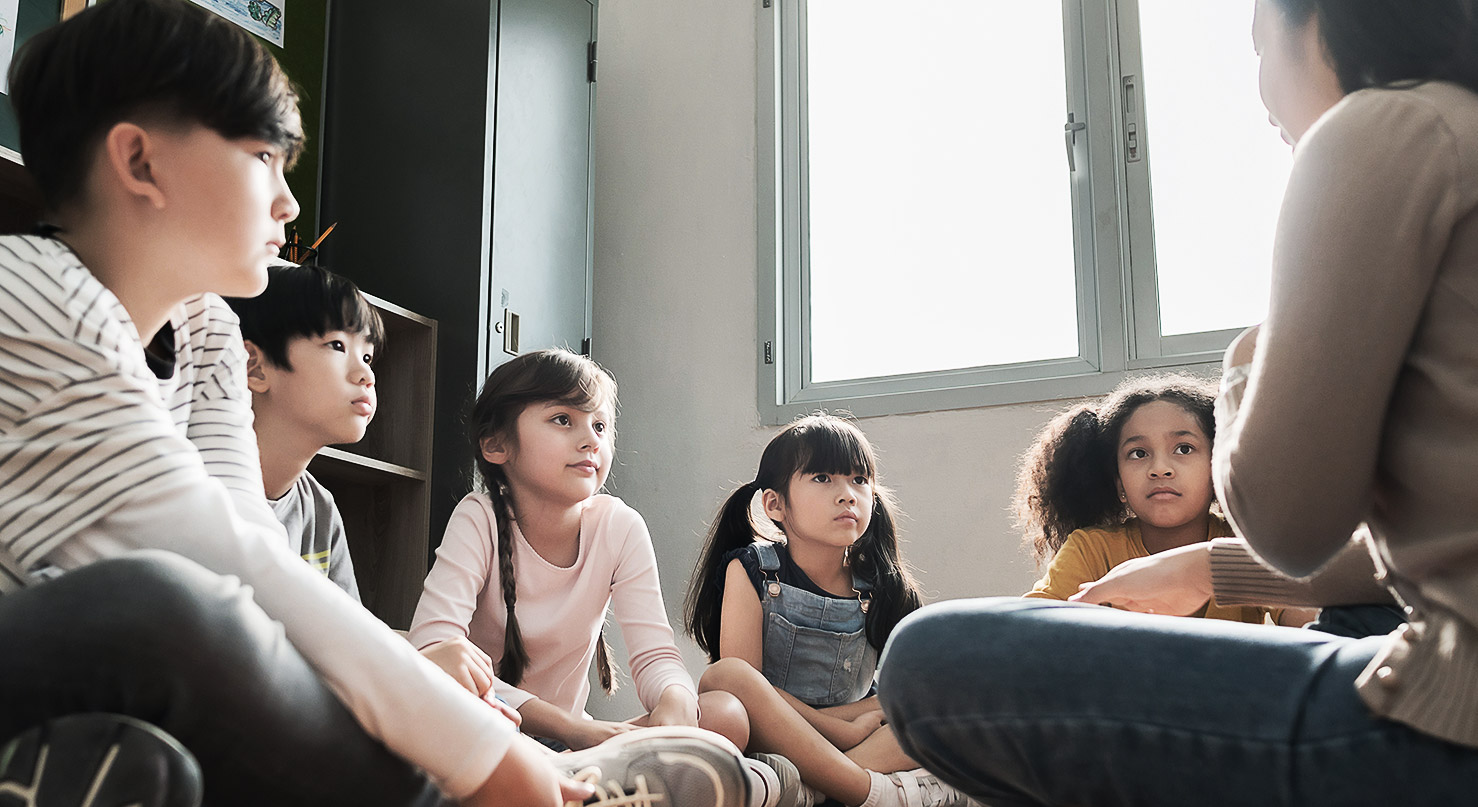In topic two and three, you began the journey of understanding yourself to better understand others, find out why it is important to be inclusive, and the impact that education services can have on diverse children, their families, and communities.
Once you develop a positive attitude towards inclusion, you need to consider the actions for implementation. However, this is not a static issue, but an ongoing continuous reflection, discovery, and learning journey.
EARLY CHILDHOOD SERVICES ARE IN A UNIQUE AND IMPORTANT POSITION. IT IS CRUCIAL THAT THERE IS AN UNDERSTANDING OF THE IMPACT THAT SERVICES, AND WHAT THEY TEACH AND OFFER, CAN AFFECT THE CHILD’S DEVELOPMENT WITHIN THE FIRST FIVE YEARS OF LIFE AND IMPLEMENTING PRACTICES THAT HELP BUILD A COMMUNITY OF CHILDREN THAT PROSPER AND GROW FOR BEING FULLY EMBRACED AND EMPOWERED FOR WHO THEY ARE; FROM PRACTICES, TO ROUTINES AND PROGRAMS, PHILOSOPHIES, INTERACTIONS, NETWORKING AND RELATIONSHIP BUILDING, TO SHINING A LIGHT ON DIVERSE ATTITUDES AND BEHAVIOURS THAT GUIDE THE NEXT GENERATION.
Next watch this video about a service from overseas explaining about the importance of Inclusion. It is fascinating to see the fact inclusion is not just an area we focus in early childhood in Australia but this is something that is approached globally.
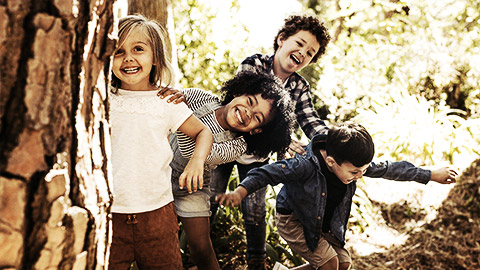
Once a service has gathered information about the needs and backgrounds of children and families, it is important to discuss with them and show them ways you might be able to incorporate inclusion within the service.
Review Policies, Procedures and Service Philosophy
- How do these, as guiding documents, support the inclusion and diversity within the service?
- Do these need to be reviewed, especially after considering diversity and inclusion further within this unit and also reviewing the RAP?
- Are the concepts currently implemented in the service tokenistic or are they genuinely embedded into daily practice, interactions and programs?
This is also a beneficial place to start by adding it into the Quality Improvement Plan (QIP)/ Self Assessment (SA) of the service, including adding the RAP if one is not yet implemented. Inclusive practices should be visible and felt by diverse children and their families throughout the entire service from the moment they walk in the door to consideration of culturally relevant practices within policies. You may use the survey from the RAP or create your own to find out how families feel the service is promoting and implementing these inclusive principles.
Daily Routines

Parenting, development, play, and learning will be seen differently by each family, therefore, you should consider how you meet the needs of families through everyday routines, whilst maintaining legislation and standards at the same time.
Consider the points above from VACCA regarding the connections of the Aboriginal child in relation to daily routines, roles and responsibilities, remembering that every tribe, family and culture will have different ways of being and doing, this can relate to many diverse cultures and needs.
For example check out the Little.Ly website. In each room on the web page there is a room routine.
As you can see the Scarlett Oak Room caters to children from 6 weeks to 12 months. How can you implement diverse practices into their daily routine?
Ways you can implement it can include:
- Between 8:30am-9:30am Greeting the children: By greeting the children in their native tounge or using greetings from other languages to greet the families.
- During play based learning having some different cultural experiences like musical instruments, music playing in the background, books about cultures etc.
- Transitioning to other experiences in the routine, songs from different cultures used, singing songs in different languages
- Sleep time music to lullabys from cultures around the world
Those are a few excamples of how you can incorporate cuktural practices into routine in a babies room.
ABORIGINAL PERSPECTIVES ARE NOT FOUND IN ABORIGINAL CONTENT, BUT ABORIGINAL PROCESSES...
(8 WAYS, N.D.).
8 Aboriginal Ways of Learning
This Aboriginal pedagogy framework is expressed as eight interconnected pedagogies involving narrative-driven learning, visualised learning processes, hands-on/reflective techniques, use of symbols/metaphors, land-based learning, indirect/synergistic logic, modelled/scaffolded genre mastery, and connectedness to community. But these can change in different settings.
Every place, every People, has its own unique pedagogies. These 8 simple ones are merely a starting point for dialogue. Each school engages in a different way, and produces its own unique frameworks for Aboriginal education through dialogue with the community about local ways of doing things.
- Story Sharing: Approaching learning through narrative.
- Learning Maps: Explicitly mapping/visualising processes.
- Non-verbal: Applying intra-personal and kinaesthetic skills to thinking and learning.
- Symbols and Images: Using images and metaphors to understand concepts and content.
- Land Links: Place-based learning, linking content to local land and place.
- Non-linear: Producing innovations and understanding by thinking laterally or combining systems.
- Deconstruct/Reconstruct: Modelling and scaffolding, working from wholes to parts (watch then do).
- Community Links: Centring local viewpoints, applying learning for community benefit.
HOW WE LEARN - CULTURE WAY
- We connect through the stories we share.
- We picture our pathways of knowledge.
- We see, think, act, make and share without words.
- We keep and share knowledge with art and objects.
- We work with lessons from land and nature.
- We put different ideas together and create new knowledge.
- We work from wholes to parts, watching and then doing.
- We bring new knowledge home to help our mob.
Interactions in the Classroom

Various cultures and those with diverse backgrounds may be used to different communication, including visual, verbal and non-verbal cues. It can be helpful to observe how the family interact with the child and each other and seek advice on any particular strategies that may be relevant to the child.
ALL CHILDREN WANT TO BE HEARD AND LISTENED TO, KNOWING THAT WHAT THEY SAY, WANT AND THINK MATTERS, ULTIMATELY CONTRIBUTING TO THEIR WELLBEING, SELF-EFFICACY AND AGENCY.
Interactions should include opportunities to:
- Have a voice and have that voice respected
- Gather a sense of ownership, responsibility and belonging
- Make decisions and develop skills in decision making
- Support self-regulation, control and self esteem
- Feel safe and cared for by educators and the service community
- Demonstrate to the child that their identity is embraced, respected and represented within the service
- Share stories and cultural practices with peers and educators
- Share valuable and unique knowledge, insight and expertise
- Develop leadership and social competency
- Develop a secondary service culture – another place where they feel they belong
The Western Australia Government has created a valuable resource called ‘Engaging with Aboriginal Children and Young People Toolkit’. The toolkit goes through understanding participation, getting your organisation ready, understanding Aboriginal cultural contexts etc.
Experiences for Children
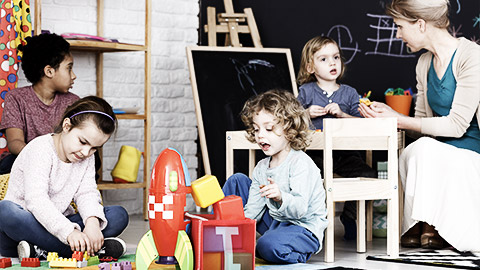
Children from all cultures, abilities and life experiences want to engage in their world, and the EYLF encourages this connection between identity and their world. In outcomes one and two, children are also encouraged to have a strong sense of wellbeing and be confident and involved learners and communicators (Learning Outcome 3, 4, 5), all of which have been covered as key factors for the indigenous and diverse cultures and lives of children.
Experiences may include:
Opportunities to experience difference and similarities. This can involve the investigation of all things that are different, such as trees, skin colour, favourite games etc. Additionally, it involves the exploration of things that appear the same but under close view are actually different, for example two flowers – exploring the beauty of each.
- Opportunities to model respectful language and interactions with each other; such as discussion about our family, sharing stories, making family trees, exploration of each other’s artwork etc
- Viewing different artwork, language, music and stories from different cultures
- Exploring nature and customs
- Developing appropriate ways to discuss history
- Teach and imbed acknowledgement of country in the routine with children
- Explore the natural world
- Invite community members to speak about or demonstrate various customs for example, smoking ceremony
- Read children storybooks about aboriginal people and their stories
- Visit museums and art galleries to explore artwork and stories
SORRY MEANS YOU DON’T DO IT AGAINMARIKO SMITH (2020).
Children stories about Aboriginal and/or Torres Strait Islander peoples Life and History
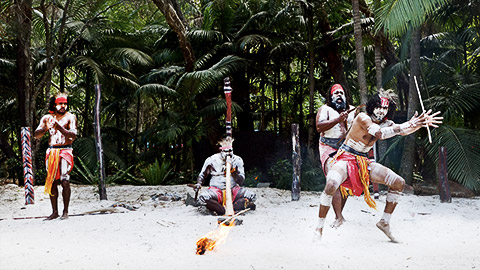
Many wonderful stories have been written to support the understanding of children today, introducing them to Aboriginal and Torres Strait Islander Peoples stories, culture and histories, and the lives of modern Aboriginal and Torres Strait Islander Peoples. All educators should have a mix of stories from various cultures in their book bank available for children.
Such sources include:
- University of Tasmania
- How the birds got their colour by Mary Albert.
- Who saw the turtle, & The Rainbow by Ros Moriarty.
- Rainbow serpent stories, picture book and reader book for older children.
Check out the resource ‘Including Aboriginal Australia in your service’ by Childcare support.
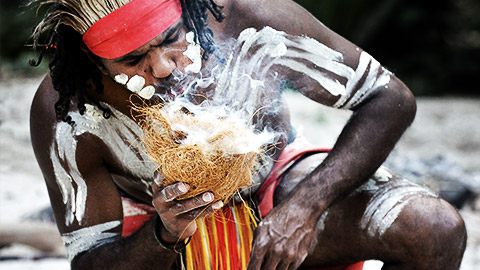
The importance of collaboration in building inclusion is paramount. Educators must gather relevant information to inform the curriculum to support the health, wellbeing and learning of each child. When educators collaborate from day one and create an ongoing journey of mutual respect, information sharing and shared decision making, the children ultimately benefit. Collaboration supports not just the program, but the practices of the service, inviting all stakeholders to contribute to the methods and pedagogies of the service providers.
When services implement genuine collaborative practices, they utilise the experiences, expertise, ideas and information from those around them to support the everyday practices and learning of the children. Here, the practitioners often acknowledge that they will not be the expert and consultation and education will be required to ensure integrity of the curriculum regarding cultural implementation.
Services may implement this by:
- Demonstrating genuine interest and need to understand the culture and background of each family
- Networking with indigenous or other inclusion consultants or agencies
- Inviting members into the service to support the understanding of the educators
- Inviting members into the service to contribute to the program with children
- Understanding and embracing the skills, experience and knowledge of the service staff
- Supporting ongoing professional development opportunities
- Developing a Reconciliation Action Plan (RAP)

